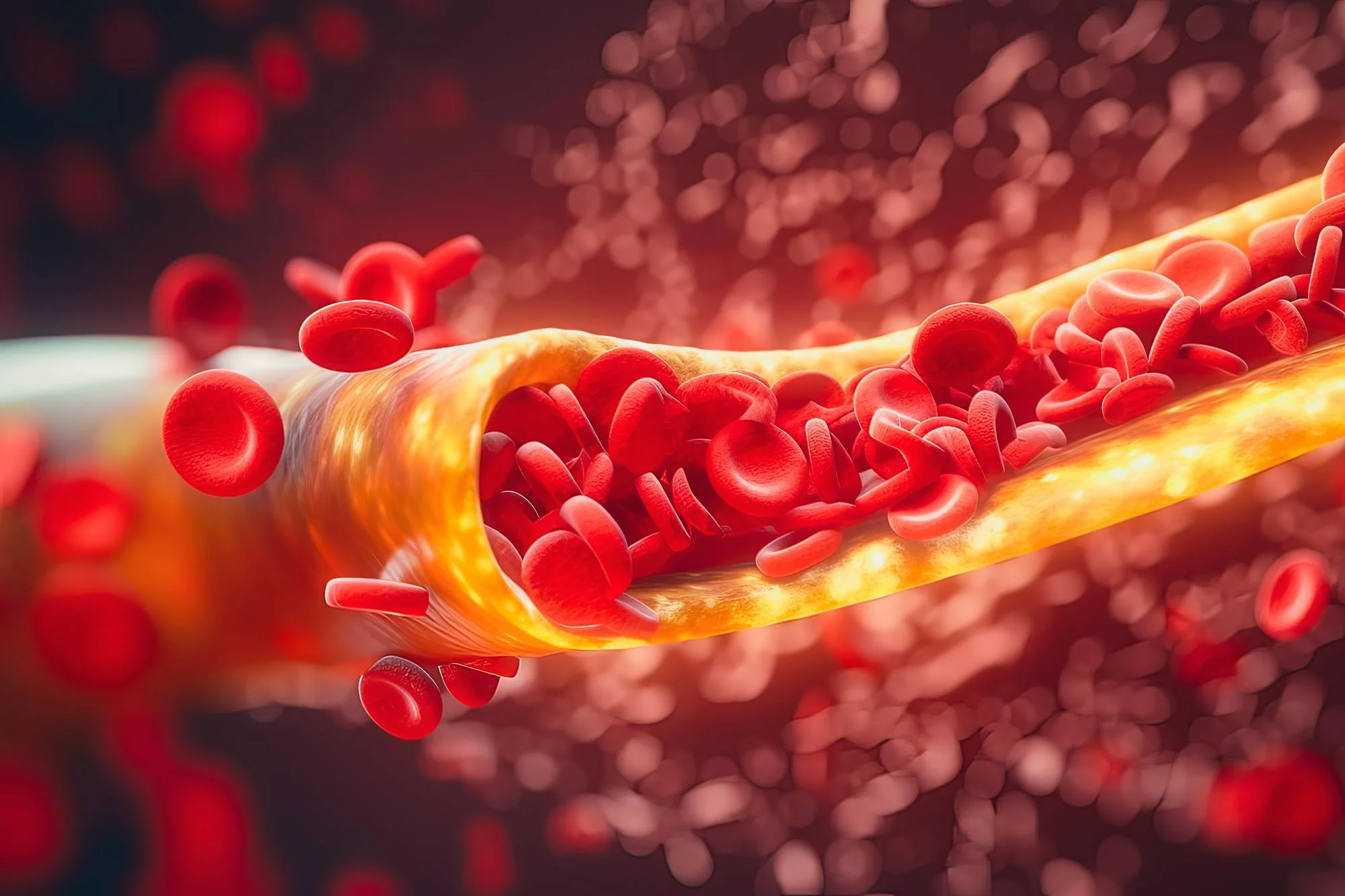Multiple myeloma (MM) is a hematological malignancy characterized by the clonal proliferation of malignant plasma cells within the bone marrow, leading to a multitude of systemic effects, including bone destruction, renal failure, and impaired immune function. As with many cancers, the molecular mechanisms involved in the proliferation and survival of MM cells offer potential targets for therapeutic intervention. In a groundbreaking study, researchers at Beilun People’s Hospital, in collaboration with Zhejiang University, have shed light on the role of the protein Denticleless E3 Ubiquitin Protein Ligase (DTL) in the pathogenesis of multiple myeloma, providing compelling evidence for its potential as a therapeutic target.
The study, entitled “Effect of Denticleless E3 Ubiquitin Protein Ligase on Proliferation and Clone Formation of Multiple Myeloma Cells,” published in the journal “Acta Academiae Medicinae Sinicae,” utilized a variety of laboratory methods to illustrate how suppression of DTL could arrest the proliferation of MM cells by interfering with the cell cycle and inducing apoptosis. This suggests that therapies aimed at inhibiting DTL may offer a new approach to tackling this relentless disease. The findings have profound implications, not just for MM, but potentially for other cancers where DTL expression plays a central role in disease progression.
The DOI for this study is: 10.3881/j.issn.1000-503X.10674
In their study, the research team, led by Ji Chao, Ma Ju Lei, and Shu Peng, utilized a combination of quantitative polymerase chain reaction (qPCR), Western blot, flow cytometry, CCK8 assay, inverted phase microscopy, annexin V/propidium iodide double staining, and electrophoretic mobility shift assay (EMSA), to comprehensively assess the impact of DTL depletion in MM cells.
Key findings from the study indicated that DTL expression was significantly elevated in the CD138+ cells of MM patients compared to those in healthy volunteers. In a cell line model of MM (RPMI8226), suppression of DTL expression with short hairpin RNA (shRNA) led to a marked reduction in proliferation and colony formation – a process by which individual cancer cells multiply and form a large mass. Furthermore, the study found that inhibiting DTL increased the proportion of MM cells stuck in the G1 phase of the cell cycle and heightened the rate of apoptosis.
Crucially, the study identified the NF-kappa B (NF-κB) pathway as a central mediator for the effects observed. NF-κB, a protein complex that controls DNA transcription and cell survival, was found to be less active when DTL expression was suppressed. Interestingly, the NF-κB pathway is known to play a significant role in several aspects of MM pathophysiology, including cell proliferation, survival, and resistance to apoptosis. Thus, the downregulation of DTL could yield a dual effect – direct inhibition of MM cell proliferation and an indirect reduction in NF-κB-associated survival signaling.
Keywords
1. Multiple Myeloma DTL Expression
2. DTL as a Therapeutic Target
3. Inhibiting Multiple Myeloma Proliferation
4. NF-kappa B Inhibition in Cancer
5. Myeloma Cell Cycle Arrest
References
1. Ji, C., Ma, J. L., & Shu, P. (2019). [Effect of Denticleless E3 ubiquitin protein ligase on the proliferation and clone formation of multiple myeloma cells]. Zhongguo Yi Xue Ke Xue Yuan Xue Bao, 41(2), 194–202. https://doi.org/10.3881/j.issn.1000-503X.10674
2. Palumbo, A., & Anderson, K. (2011). Multiple myeloma. The New England Journal of Medicine, 364(11), 1046-60. doi: 10.1056/NEJMra1011442
3. Rajkumar, S. V., & Kumar, S. (2016). Multiple myeloma: diagnosis and treatment. Mayo Clinic Proceedings, 91(1), 101–119. doi: 10.1016/j.mayocp.2015.11.007
4. Hideshima, T., & Anderson, K. C. (2013). Molecular mechanisms of novel therapeutic approaches for multiple myeloma. Nature Reviews Cancer, 13(12), 927-41. doi: 10.1038/nrc3622
5. Annunziata, C. M., Davis, R. E., Demchenko, Y., Bellamy, W., Gabrea, A., Zhan, F., … & Kuehl, W. M. (2007). Frequent engagement of the classical and alternative NF-κB pathways by diverse genetic abnormalities in multiple myeloma. Cancer Cell, 12(2), 115-130. doi: 10.1016/j.ccr.2007.07.004
The elucidation of DTL’s role in the progression of multiple myeloma opens new avenues for targeted treatment strategies that could significantly impact patient outcomes. Continued research into the mechanisms of DTL, its interaction with critical signaling pathways like NF-κB, and the development of agents that can effectively block its function is critical if we are to translate these findings from the bench to the bedside. This study is a valuable contribution to the field of oncology, promising hope for those affected by this challenging disease.
